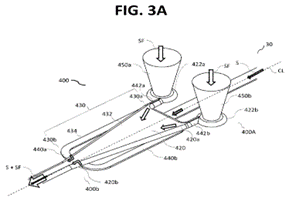On May 3, 2023, the Patent Trial & Appeal Board granted a motion for sanctions brought by Spectrum Solutions LLC against Longhorn Vaccines & Diagnostics LLC.[1] The resulting sanctions order canceled five Longhorn patents. The Board found that Longhorn failed to meet its duty of candor by selectively and improperly withholding material results inconsistent with its patentability arguments directed to the canceled claims covering chemical compositions, collection systems and methods for biological specimen collection, including preserving biological samples, killing pathogens and preventing nucleic acid degradation. Now, US Patent & Trademark Office (PTO) Director Katherine Vidal has initiated sua sponte review of the Board’s sanctions order.
In her order issued October 27, 2023, the Director authorized further briefing by both parties, as well as amicus curiae briefs in response to the Board’s decision and analysis for the Director’s review. The Director particularly seeks input on the following issues in the context of situations where relevant factual evidence has been withheld during an America Invents Act proceeding:
- Which PTO regulations are implicated? Do such regulations include 37 C.F.R. § 1.56?
- Is it an appropriate sanction for the Board to deem the claims unpatentable in its written decision? Is such a sanction proportionate to the harm caused by the party, taking into account the integrity of the patent system?
- What other sanctions are appropriate, either in addition to or in place of applying adverse judgment in a final written decision to deem claims unpatentable?
Amicus briefs (of no more than 20 pages) limited to the issues and questions identified above should be submitted to Director_PTABDecision_Review@uspto.gov no later than four weeks after the October 27, 2023, entry date of the order.
For further details, see Order (Paper 133) in each of the listed IPR proceedings.
________________________________________________________________________________
[1] See IPR2021-00847 (US 8,084,443), IPR2021-00850 (US 8,293,467), IPR2021-00854 (US 8,669,20), IPR2021-00857 (US 9,212,399) and IPR2021-00860 (US 9,683,256).
read more

 Subscribe
Subscribe



